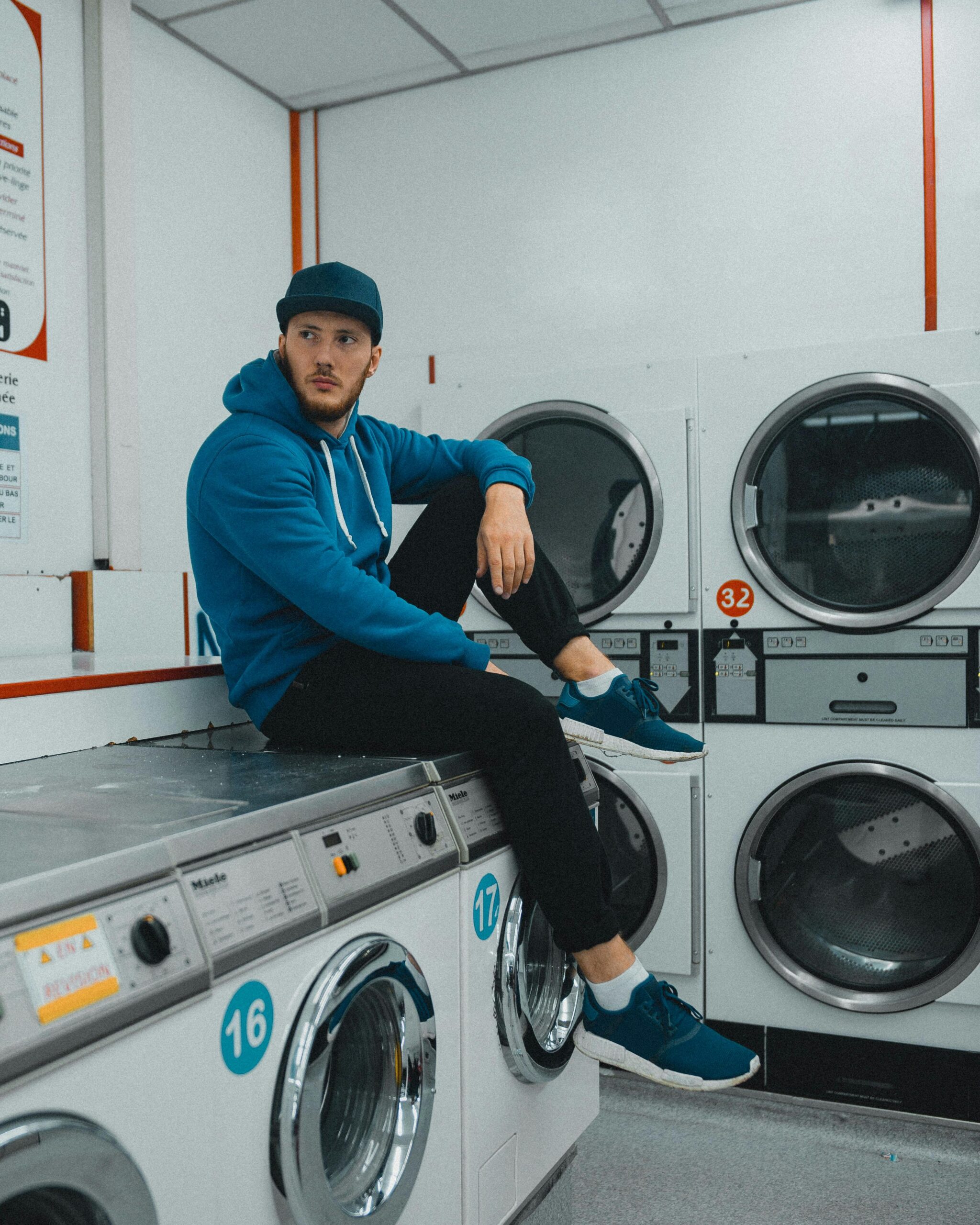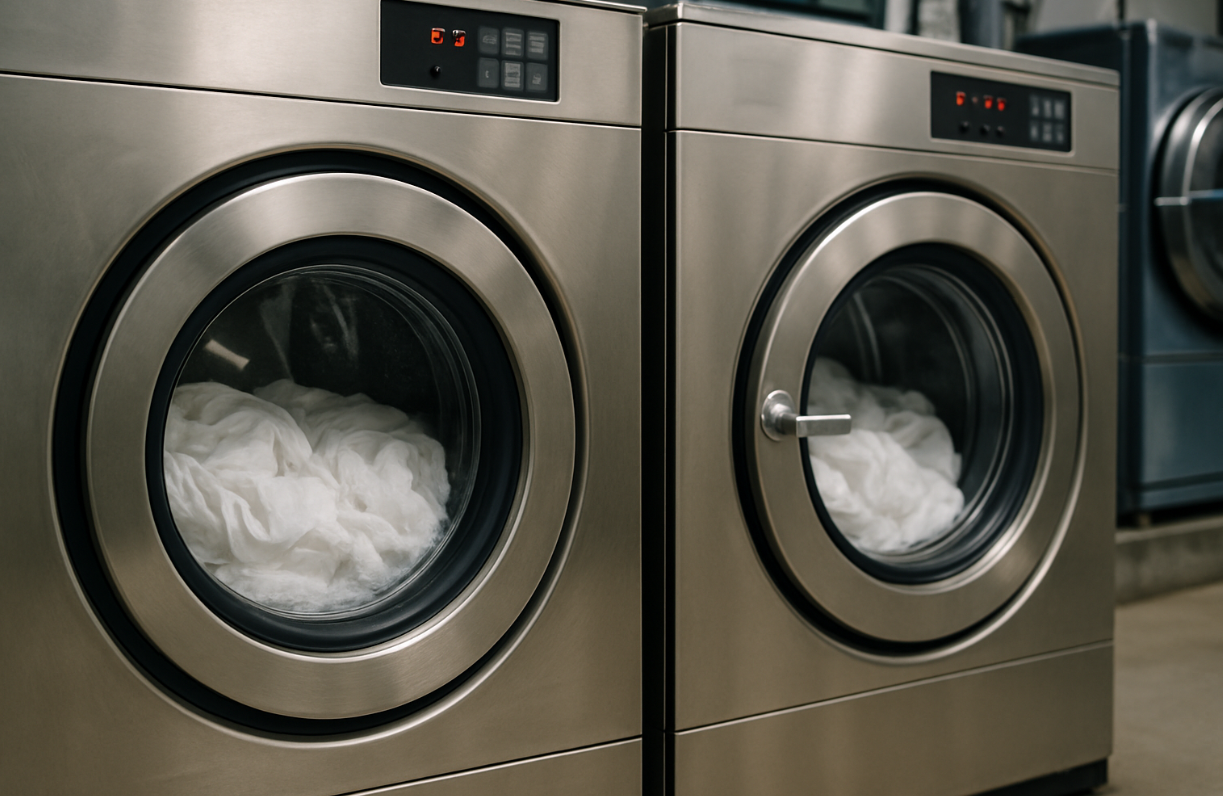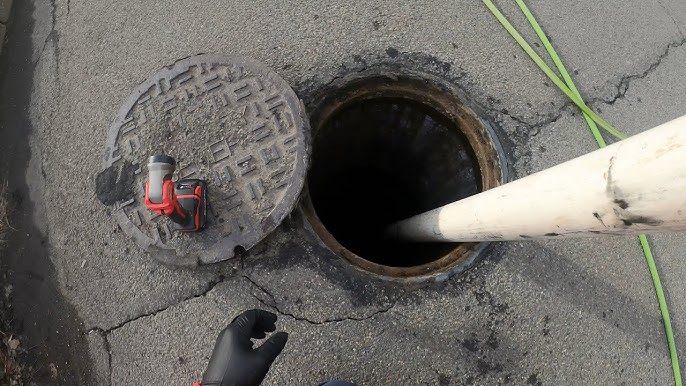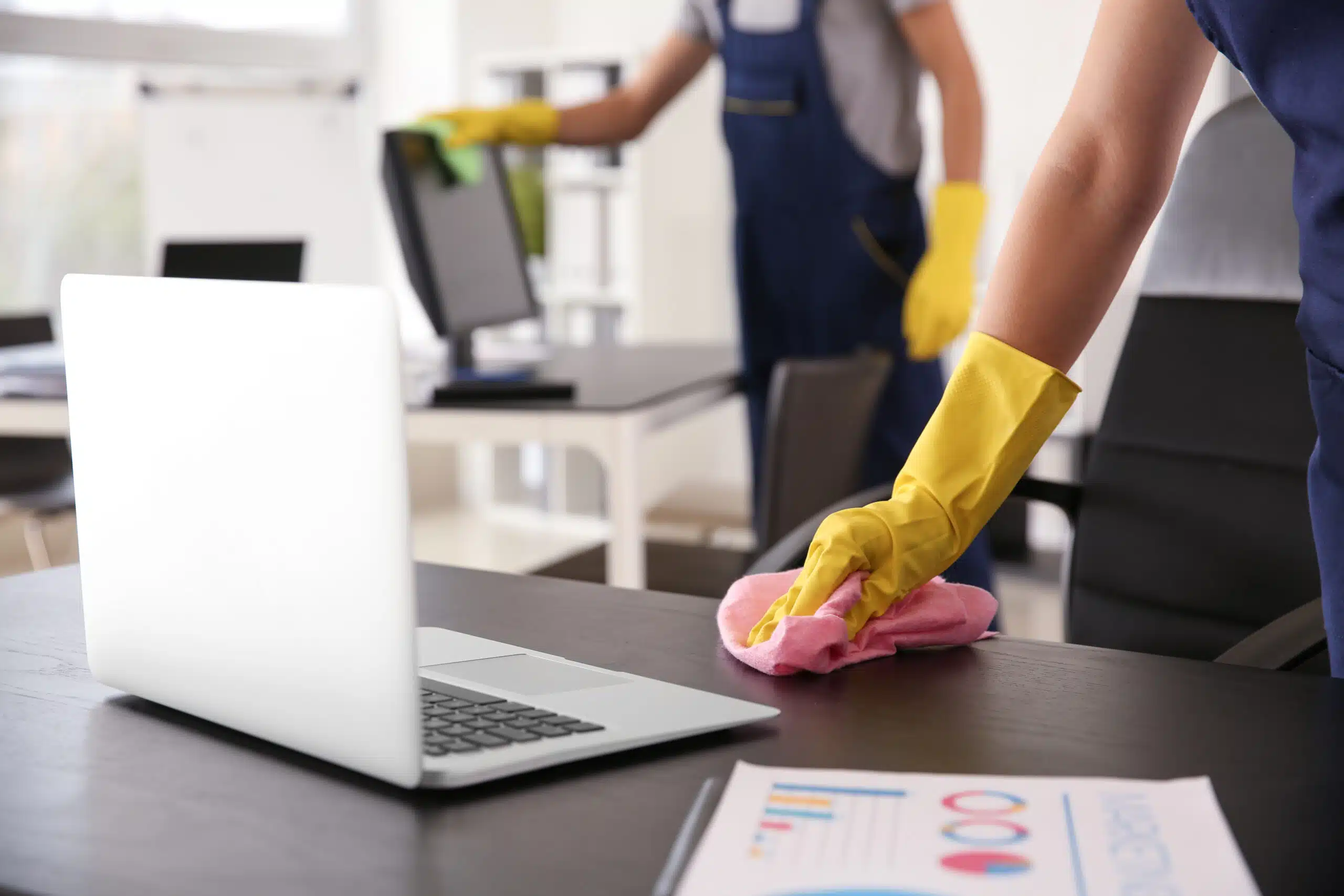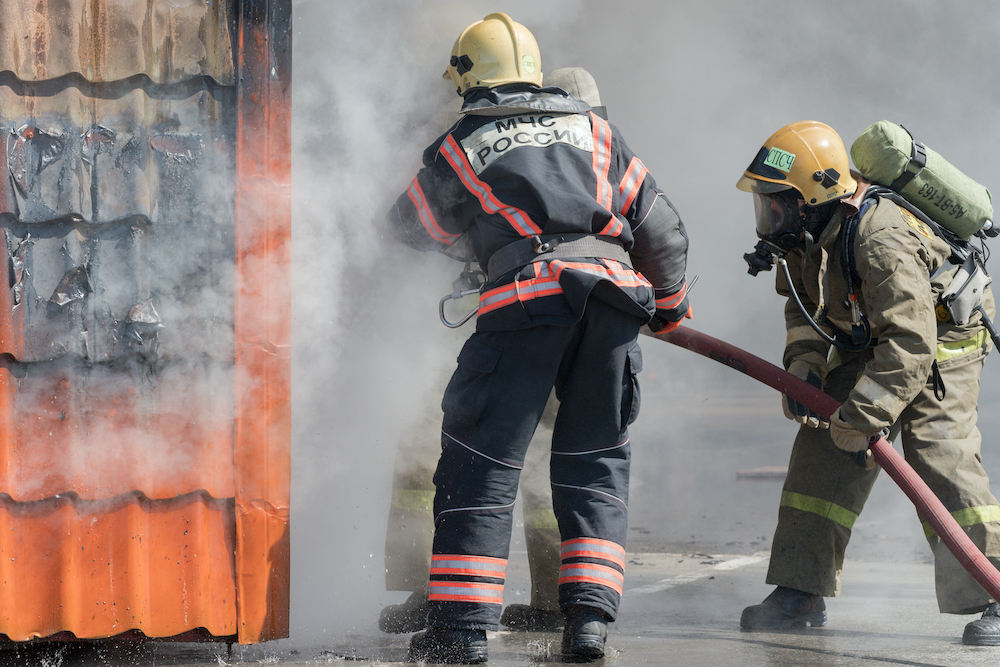When you drop off your favorite suit at Urbana dry cleaners, you might wonder what exactly you’re paying for. Dry cleaning can often seem like a mysterious process with a price tag that doesn’t always make sense. Let’s demystify this by breaking down the costs, understanding the quality of service, recognizing the importance of special treatments, and appreciating the environmental considerations that might affect the final bill.
Detailed Price Breakdown: Understanding Your Bill
Dry cleaning costs can vary significantly based on several factors. Here’s a detailed breakdown:
- Garment Type and Fabric:
- Basic Items: Common items like shirts, blouses, and trousers generally cost less. For instance, cleaning a simple shirt might cost around $2 to $5.
- Complex Items: More intricate garments such as suits, dresses, and coats are priced higher due to their complexity. A two-piece suit can range from $10 to $20.
- Fabric: Delicate fabrics like silk or wool often require special handling, adding to the cost. Cleaning a silk dress could cost between $15 and $30.
- Stain Removal and Special Treatments:
- Stain Removal: Basic stain removal is usually included, but severe stains or those requiring special treatments can add $5 to $10 per garment.
- Special Treatments: Treatments like waterproofing, mothproofing, or fabric protection often incur additional charges ranging from $5 to $20 per item.
- Location and Overheads:
- Urban vs. Suburban: Dry cleaners in urban areas with higher rents and operational costs tend to charge more. You might pay $2 to $5 more per item in a city center compared to a suburban area.
- Service Speed:
- Standard vs. Express Service: Opting for express service can increase the cost by up to 50%. If regular service costs $10, express might cost $15.
Understanding these price factors helps you appreciate why your dry cleaning bill might be higher or lower than expected. Now, let’s explore the quality of service you receive for these costs.
High Standards of Service: What You’re Paying For
Paying for dry cleaning isn’t just about cleaning your clothes; it’s about the quality of service you receive. High standards in dry cleaning include:
- Thorough Inspection: Each garment is carefully inspected for stains, damage, and cleaning instructions.
- Advanced Cleaning Techniques: Modern dry cleaners use sophisticated machines and solvents that ensure thorough cleaning while being gentle on fabrics.
- Expert Pressing and Finishing: Expertly pressed clothes look sharp and professional. This meticulous attention to detail justifies part of the cost.
- Professional Handling: Experienced staff handle garments with care, reducing the risk of damage. This professional touch is crucial for delicate or expensive items.
High-quality service ensures your clothes look their best and last longer. Next, we’ll look at the special treatments that might affect the cost of your dry cleaning.
Special Treatments: Extra Care Provided
Certain garments and materials require special treatments, which are reflected in the cost:
- Delicate Fabrics: Items made from lace, chiffon, or beaded fabrics need gentle handling and specialized solvents, increasing the price.
- Vintage and Couture: Antique or high-fashion garments often require bespoke treatments to preserve their integrity, significantly raising the cost.
- Leather and Suede: Cleaning leather or suede involves specialized processes and products. Expect to pay $40 to $100 for leather jackets.
- Household Items: Items like drapes, rugs, and comforters are bulky and require large machines and extra time, thus higher charges.
Special treatments ensure that even your most delicate or unique items are cleaned safely and effectively. Let’s now consider the environmental impact of dry cleaning and how it influences costs.
Eco-friendly Cleaning Methods: Environmental Considerations
Modern dry cleaning isn’t just about getting your clothes clean; it’s also about doing it in an eco-friendly way. Many dry cleaners are adopting green practices, which can influence the cost:
- Green Solvents: Traditional dry cleaning uses perchloroethylene (perc), a solvent that’s effective but harmful to the environment. Eco-friendly cleaners use alternatives like hydrocarbon, liquid silicone, or wet cleaning methods, which are safer but more expensive.
- Energy-efficient Equipment: Upgrading to energy-efficient machines and recycling systems is costly but reduces the environmental footprint. These costs are often passed on to the customer.
- Waste Management: Proper disposal of cleaning agents and materials requires adherence to environmental regulations, adding to operational costs.
By choosing eco-friendly cleaning methods, you contribute to a healthier environment while ensuring your clothes are treated with the utmost care.
Conclusion: The True Value of Dry Cleaning
Understanding the costs of dry cleaning involves recognizing the intricate processes and services behind that final price. From the type of garment and fabric to the quality of service and special treatments, every aspect contributes to the overall cost. Additionally, the growing emphasis on environmentally friendly methods further impacts pricing.
Next time you visit Urbana dry cleaners, you’ll know exactly what you’re paying for and why it’s worth it. High-quality service, specialized care, and eco-conscious practices ensure your clothes not only look great but are cared for responsibly.







